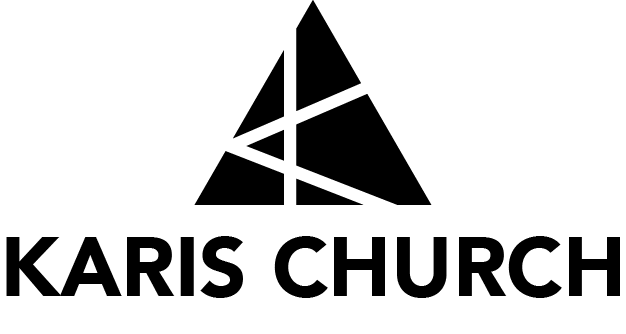Thinking About Unity and Mission
It's important to understand how our approach to unity serves our mission together. Churches can easily stand for nothing in an effort to reach the world or take a stand on everything in a way that inhibits mission. Much power results as the people of God unify around Jesus alone. D.A. Carson puts it this way:
““Ideally the church itself is not made up of natural ‘friends.’ It is made up of natural enemies. What binds us together is not common education, common race, common income levels, common politics, common ancestry, common accents, common jobs, or anything else of that sort... In this light, they are a band of natural enemies who love one another for Jesus’ sake.” (D.A. Carson) ”
Look at the three images below. We’ll borrow mathematical terminology here. Some view church like the leftmost image. They see the church as a “centered set.” Jesus (of some sort) is in the middle and everyone is on a journey toward Him. In this model, there are no boundaries at all (Christian vs. Non-Christian, Member vs. Non-Member).
Others view church community like the rightmost image. A type of Jesus is again called the focus, but hard-lines are drawn on everything - even on things that are clearly matters of opinion or preference. They think of church as a bounded set. There are insiders and outsiders, and those on the inside (believers, members) agree on all matters.
In Karis, however, we believe there is a third, and better, way. Notice the middle diagram. Here everyone is encouraged to press in toward Jesus. He is the focus of all teaching and ministry. Additionally, the outer boundary is permeable by all. Non-Christians, skeptics, and critics are welcome into most ministries of the church. The inner, solid boundary, however, represents church membership. Believers covenant together around specific doctrines and morals. There is no divergence there. However, inside the outer boundary, there is much diversity. Therefore, people in Karis always expect there to be people in their midst (Christian/non-Christian) with whom they disagree on a multitude of issues.
However, some diversity also exists within the inner boundary. Some of these areas of disagreement will be non-essential and won't be a part of our confession and covenant as members (politics, non-essential doctrines, hobbies, etc.). There will also be diversity in even more important areas as skeptics and seekers are welcomed into the gatherings and activities of the church (the outer circle). The church's unity and focus will be in Jesus and His gospel.
Truly, as we gather around Him as a people, the world will look on with wonder. They may even join us inside and be changed. As Mark Dever puts it,
““As people with little in common in the world’s eyes love each other as if they are closer than family, all heaven looks on with wonder at what the gospel has created.” (Mark Dever )”
Thanks to Bob Thune and Jonathan Leeman for their thinking and dialogue on Centered Set vs. Bounded Set churches.

